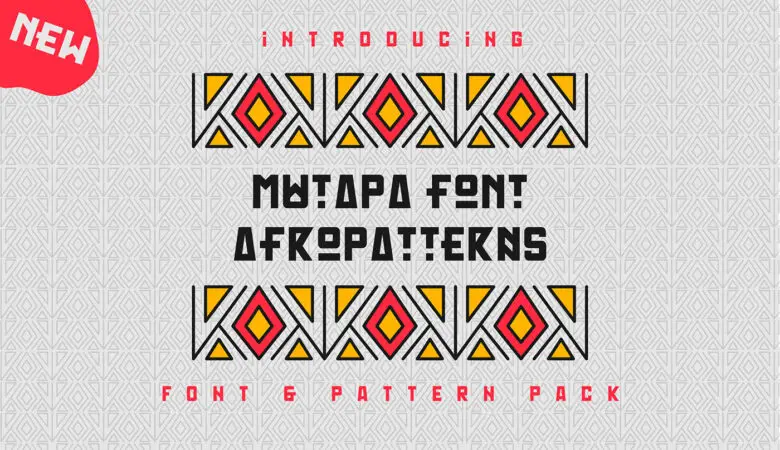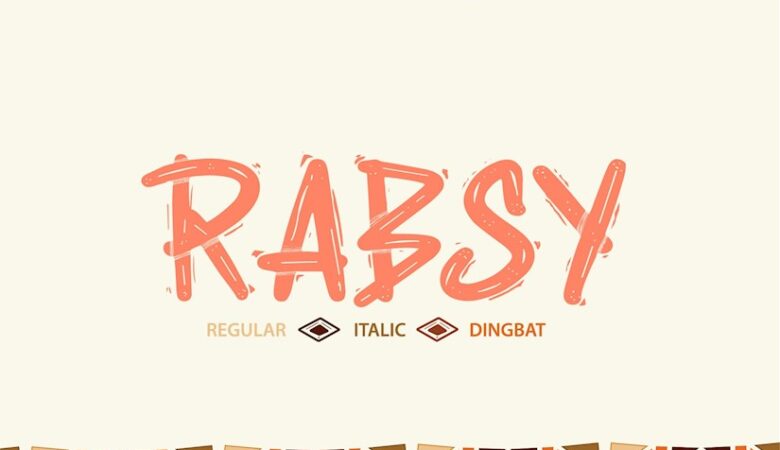There are some traditions and art forms that transcend cultures. For instance, we don’t associate singing with being the creation of any one particular culture. In some ways, it is natural for people to feel the same way about calligraphy.
source: Creative Market
It’s not difficult to see why. Anyone who bothers to look into the subject will see just how many cultures across the world have indulged in some form of calligraphy. However, calligraphy does indeed have an intriguing and unique history.
In this article, we will trace its path from its very origins to its current, contemporary state.
Table of Contents
Calligraphy in Ancient China
Despite the term “calligraphy” being Greek in origin (a combination of the words “kallos” and “graphia”, which mean “beauty” and “writing”), this art form did not originate in Greece.
So where did calligraphy start? Well, China is considered by many to be the original birthplace of calligraphy. The term shūfǎ was used to describe it instead of the term ‘Calligraphy.’ A literal translation of shūfǎ would be “the way of writing” or “the art of writing.”
Interestingly, there are some who believe that the Sumerians were the first to develop calligraphy. This confusion seems to arise from the cuneiform writing system that they developed 5,000 years ago. Cuneiform isn’t exactly the same thing as calligraphic writing.
The concept of calligraphy as an art form and a means of expressive and artistic writing is believed to have started in China over 3,000 years ago. More specifically, the Shang Dynasty from 1600 BC to 1046 BC was the key period during which the foundation of calligraphy was laid.
This was when the concept of “oracle bone script” began. It refers to a script that was inscribed on animal bones and turtle shells. This was done for the purpose of divination and other rituals.
When China entered the Zhou Dynasty (1046 BC – 256 BC), the oracle bone script evolved and gave birth to the ‘Seal’ script, which was used for official purposes such as inscriptions on seals.
Coming back to the Oracle script, one needs to view it in the context of the period. You see, mysticism was highly influential throughout much of Ancient China. One account describes the Han emperor “Ming” who sent a messenger to have his dying cousin write some calligraphy. He did this in order to commune with his deceased cousin after his death.
Ming believed that traces of his personality might be present in his written work.
One can understand why he might have believed so. Experts in calligraphy were said to be able to retrace the execution of how the ink was applied from the brush. It is believed that with experience, one could identify and understand what the calligrapher was trying to convey with his work.
The strokes of ink on paper were often interpreted in terms of natural elements. In an article on Chinese Calligraphy, Asian Society talks about how forceful strokes might have been compared to a boulder falling down the mountainside. Similarly, delicate and soft brush strokes could be compared to ripples created by disturbed water.
It is fascinating to view calligraphy through such a lens. A lot of contemporary art pushes the burden of finding meaning to the viewer due to ‘subjectivity.’ On the contrary, ancient Chinese calligraphers were trained to be skilled in the art of expression.
This meant an almost personal and direct communication from the artist to the viewer was possible.
Ancient Greece and Rome
Much of Western and modern calligraphy can be credited to the Romans and Greeks. Roman square capitals or Capitalis Monumentalis was one of the earliest Roman scripts and was a formal letterform.
Whenever you see Roman architecture with characters imprinted on it, you are most likely looking at Capitalis Monumentalis. This script clearly represents the grandeur and authority of Rome in its prime.
As the empire began to expand, it started to be influenced by other cultures. As a result, Roman Rustic capitals came to be. The font was more cursive in its format but still clearly legible. Soon, new cursive scripts like Uncial, and Half Uncial were developed.
Interestingly, Roman calligraphy never dabbled too much with the highly ornamental variations seen in Eastern and Arabic calligraphy. Even the most informal Roman scripts are considerably more formal when compared to others.
Calligraphy During the Middle Ages (Multiple Cultures)
The Carolingian Minuscule was one of the defining styles of calligraphy in Europe during the medieval age. It was a script that was developed during the rule of the great Charlemagne. The Carolingian Minuscule would go on to become the dominant script throughout most of Western Europe.
Between the 12th and 16th centuries, the Gothic Blackletter also came to prominence, especially in Germany.
When the Gutenberg printing press started getting wider use, newspapers and publications were often printed with this font.
To be precise, it printed a form of Blackletter known as Textura. This was also the same font that was used to print The Gutenberg Bible.
Elsewhere, in the Islamic world, Arab cultures were also experiencing a rich growth of calligraphy. Arabic calligraphy scripts included the Kufic, Naskh, Thuluth, and Diwani.
Calligraphers in the Islamic world were well-respected artists due to their efforts in transcribing the Qur’an.
In other parts of the world, the medieval period also saw new developments such as the “Kai” script and the “Cao” script during the Tang Dynasty in China. In Japan, this period saw the development of the Shodo script. This script soon evolved into the cursive “Sosho” style and an alternative block style known as “Kaisho.”
During the middle ages, the art of calligraphy became more than just a writing style. It began to enjoy the position of a revered art form.
source: Creative Market
Calligraphy During The Renaissance Period
Between the 14th and 17th centuries, the Renaissance stimulated the development of iconic scripts such as Italics and Copperplate. Both of these typefaces are still in use today.
This was a great time for Western calligraphy. Europe saw the development of the elegant “Chancery Hand,” a formal and authoritative hand lettering that was highly influential at the time.
During the Renaissance, calligraphy also became intertwined with the visual art of book illumination. This refers to stunning illustrations that incorporate vibrant colors and intricate ornamentations.
Typically one would see these illustrations at the top of the page as a sort of header. Other times, it would be incorporated into the headings, initial letters, borders, or any part of the text that needed to be emphasized.
The Renaissance was a golden period for Europe, and the prevailing love for fine arts meant that calligraphy was warmly embraced.
Several notable calligraphers came to prominence during this time. For example, Ludovico Vicentino degli Arrighi (1475 – 1527) was a master of the Italic script and went on to write a detailed manual on the Italic hand.
François Demoulins was another calligrapher who was credited with contributing to the development of the “Bâtarde” script.
Toward the end of this period, we also saw the likes of George Bickham and George Shelley, who designed the famous English Roundhand (also known as Copperplate.) This font would become particularly popular later on, during the 19th century.
Copperplate’s flowy and slanted strokes were achieved with pointed pen nibs that allowed for both thin and thick strokes.
A Brief Decline in Calligraphy
In the 18th and 19th centuries, there was a bit of a slowdown. Calligraphy was still an important art form, but its role had started to transform due to the industrial revolution and advancements in printing methods.
Fonts like Copperplate would now be used extensively in printing numerous manuals and copybooks for people wanting to learn calligraphy. Documents, legal contracts, and certificates often used calligraphy, which added a touch of prestige, and dignity.
However, on a wider scale, calligraphy started to lose prominence in everyday writing. Mass-produced printing materials were simply much more time and cost-effective. As a result, public interest slowly started to wane in favor of printed materials.
Source: Creative Market
The Resurgence of Modern Calligraphy
Calligraphy has won over countless people who are fascinated by the concept of beautiful writing. There are numerous resources on the internet to educate those interested in even niche, traditional calligraphy styles.
One can find countless YouTube tutorials on how to use tools like brush pens for brush calligraphy, as well as tutorials aimed at developing fine penmanship.
Calligraphy has become a modern-day hobby, and many people find great charm in immersing themselves in using traditional tools. This might include attempts at creating the same kind of paper that the Japanese of the 10th century used or using inkstones.
Thus, modern calligraphy has allowed cultures and traditions to stay alive. The study of typography and the Latin alphabet allows us to appreciate our complex linguistic roots.
With the digitalization of many fonts, calligraphy has never been more accessible to the public. According to Creative Market, calligraphy is used in several areas today, such as wedding invitations and party decor. It also sees much love in the form of personal projects, as an art form, and in advertising and brand work.
Conclusion
There’s no denying the impact that calligraphy has on the world. It is fascinating that the concept of “beautiful writing” would become such an iconic and enduring art form. Spanning over three thousand years, there aren’t many traditions that can boast of surviving into the age of modern technology.
Understanding the history of calligraphy provides one with insight into the values of our ancestors. In some ways, just like Emperor Ming might have hoped, calligraphy allows us to trace and experience the life and emotions of men from times long gone.



